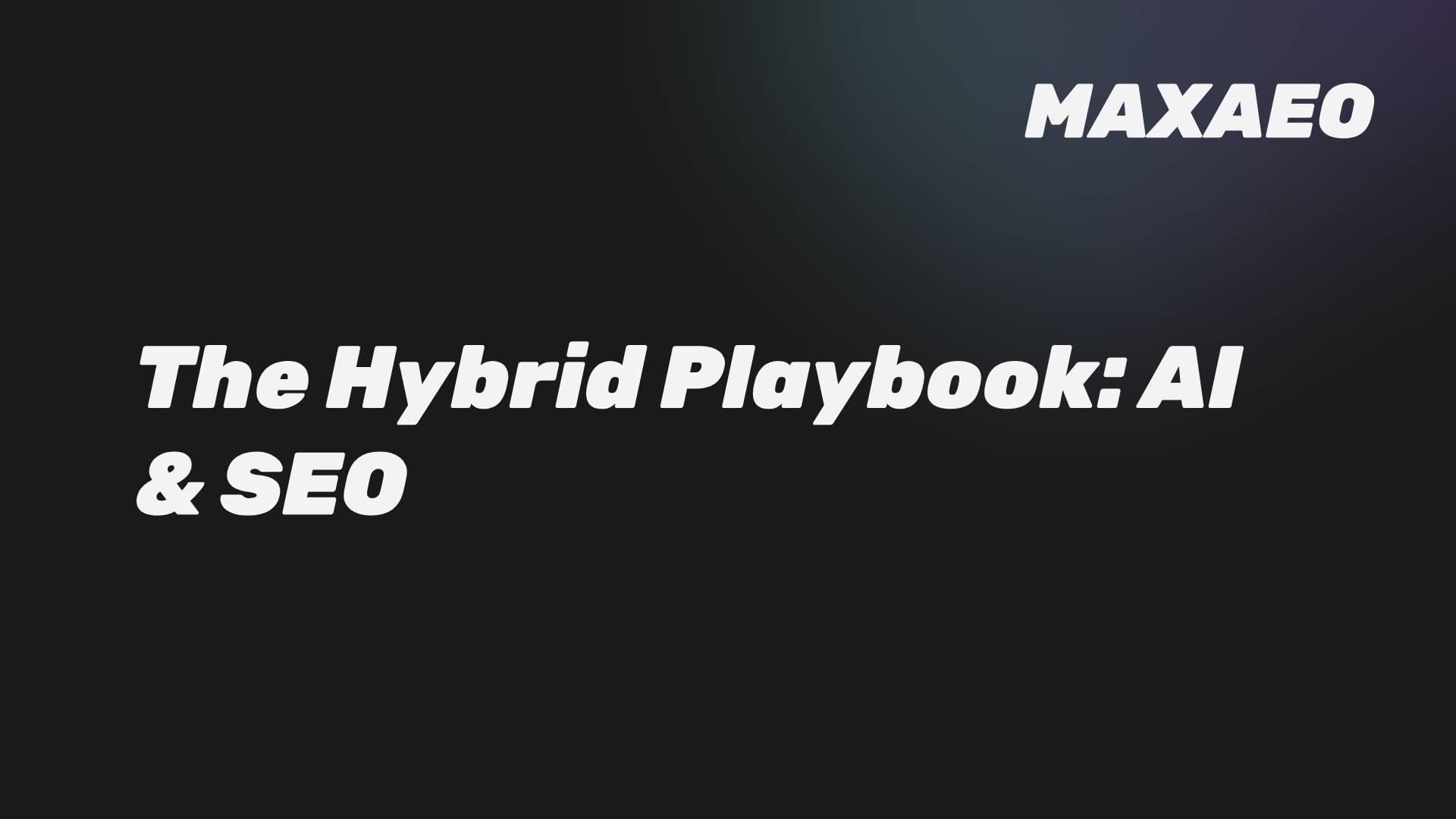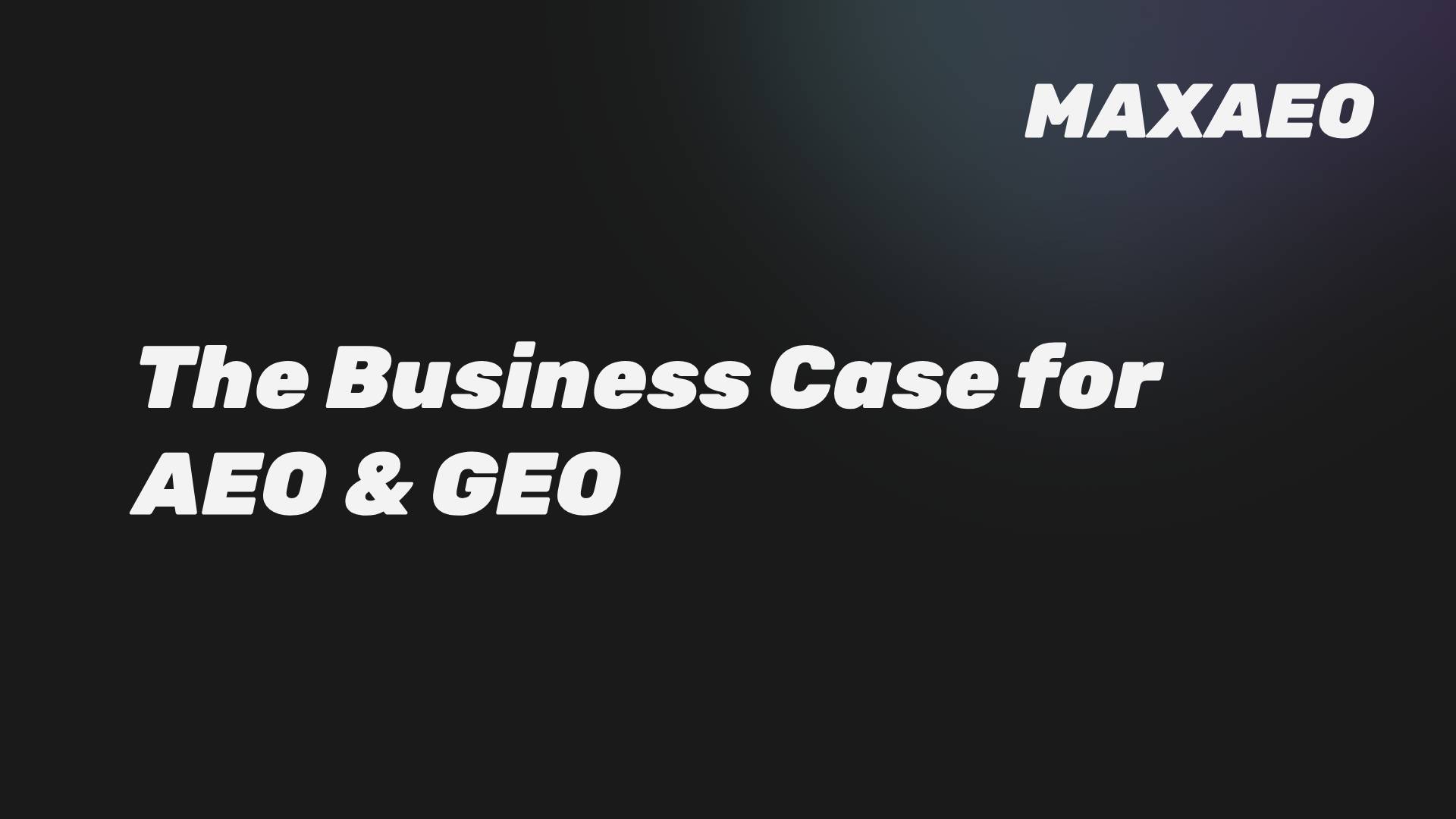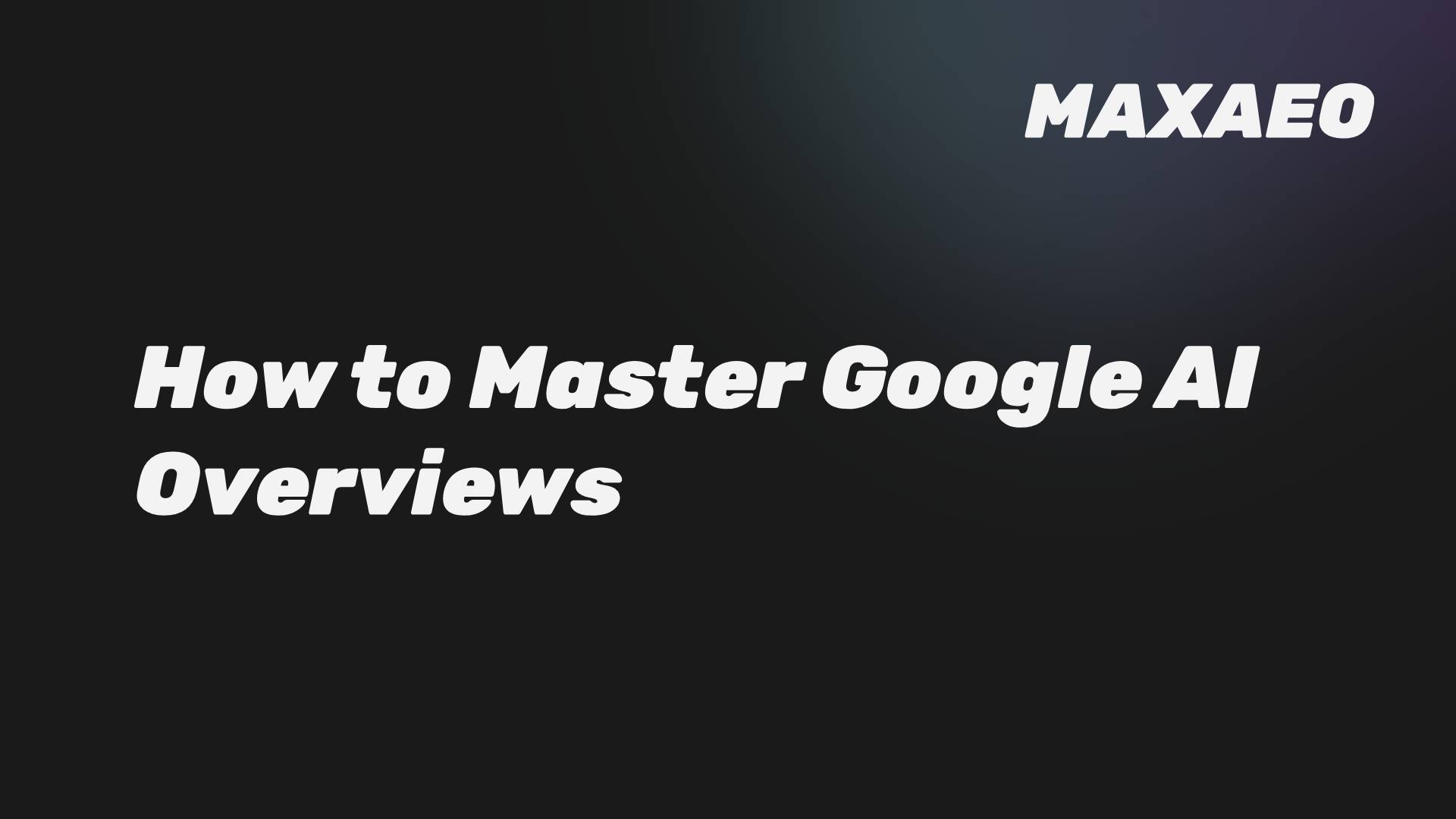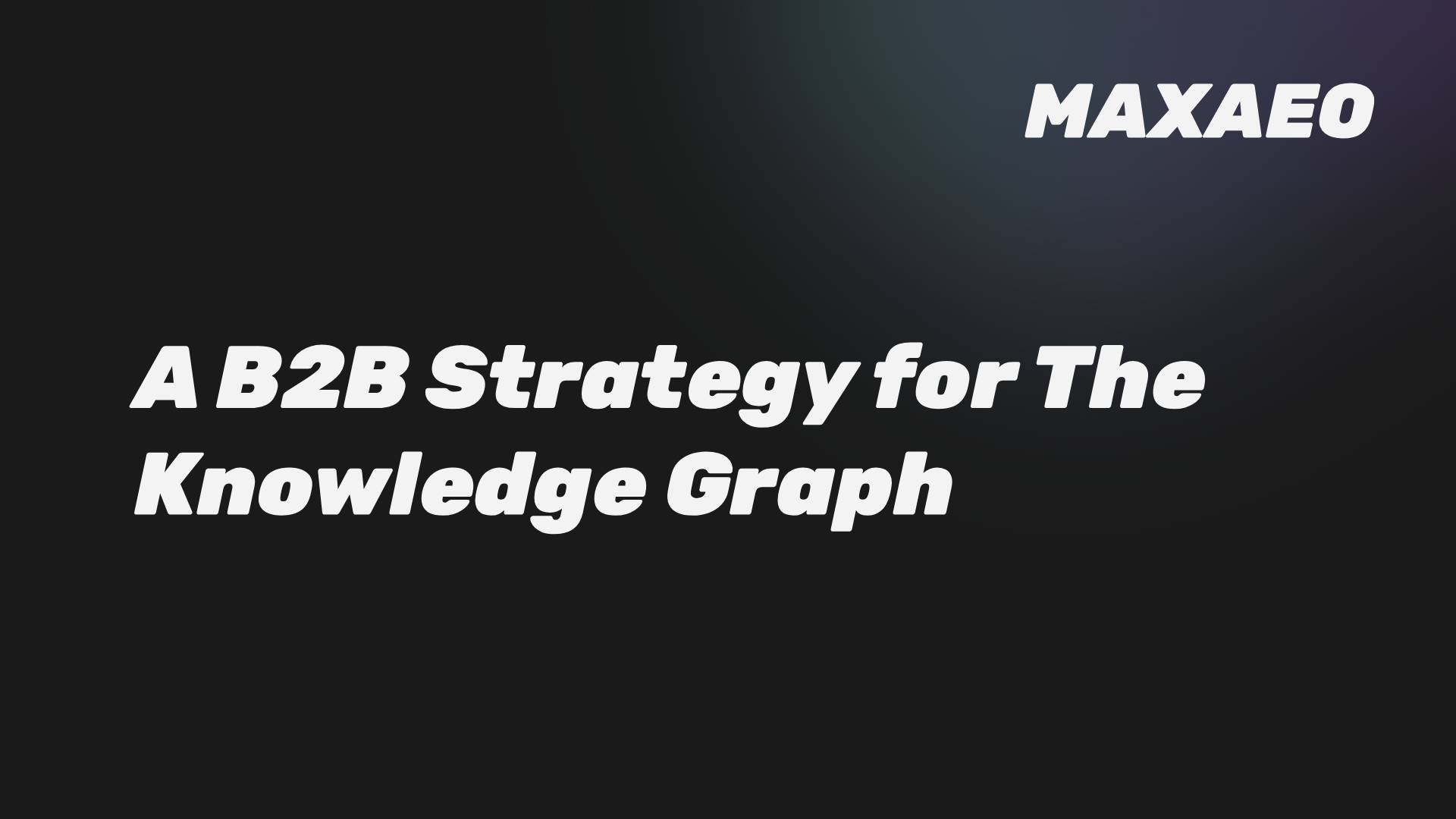· Anton Grant · Technical SEO · 4 min read
Schema for AI: The B2B Leader's Guide to Machine-Readable Trust
A strategic guide for B2B leaders. Learn how Schema Markup is the key to controlling your brand narrative, preventing AI errors, and ensuring accuracy in AI-generated answers.
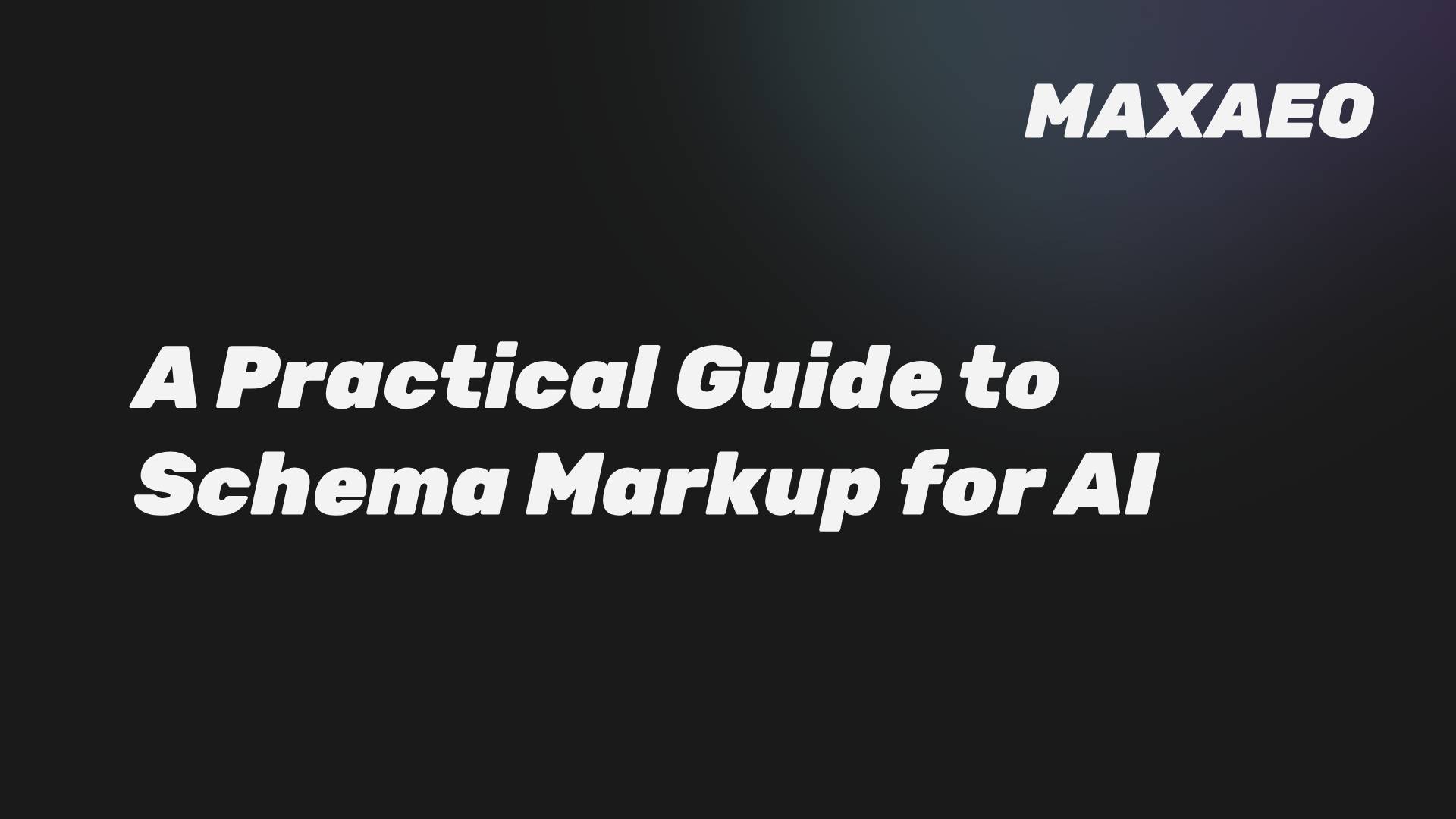
Schema for AI: The B2B Leader’s Guide to Machine-Readable Trust
Artificial Intelligence (AI) is generating answers about your brand, and it often gets the facts wrong. In the B2B world, where accuracy about product specifications, pricing, and capabilities is paramount, this is a significant business risk. The solution is not to create more content, but to create clearer content that machines can understand without ambiguity.This guide provides a strategic framework for B2B leaders on Schema Markup, the most powerful tool for ensuring brand accuracy in the age of AI. We will explain what it is, why it is a critical component of brand governance, and how to implement it to build the machine-readable trust that powers AI search visibility.
What is Schema Markup?
Schema Markup is a vocabulary of code that you add to your website to provide AI and search engines with a clear, structured explanation of your content. Instead of leaving an AI to interpret your unstructured text, you provide it with a set of explicit, verifiable facts.
Think of it as a machine-readable “fact sheet” for each page. While a human sees a product page, the AI also sees a structured summary: Product Name: “Widget Pro”, Price: “$999”, Rating: “4.8”. This is the language of algorithmic trust.
Why is Schema a Strategic Imperative, Not Just an SEO Tactic?
Schema is a strategic imperative because it is your primary defense against AI misinformation. Large Language Models (LLM) are designed to synthesize information, but they can struggle with the nuance and complexity of unstructured B2B content, leading to factual errors or “hallucinations.”
Without Schema, you are allowing the AI to guess the facts about your business. This exposes you to significant risks:
- Incorrect Product Specifications: An AI might state an incorrect integration capability or security feature.
- Outdated Pricing or Availability: The AI might pull pricing from an old blog post instead of your current product page.
- Brand Confusion: The AI may misattribute your products to a competitor with a similar name.
A robust Schema implementation is a core component of digital brand governance in the AI era.
How Does Schema Power AEO and GEO?
Schema is a foundational element for both Answer Engine Optimization (AEO) and Generative Engine Optimization (GEO). It provides the factual bedrock that allows your brand to be both understood and trusted by AI models.
| Optimization Goal | Without Schema | With Schema |
|---|---|---|
| AEO (Answer Accuracy) | AI interprets text; high risk of error. | AI ingests facts; high accuracy and likelihood of being featured. |
| GEO (Brand Authority) | Authority is inferred from unstructured signals. | Authority is explicitly defined and connected to entities. |
By providing clear, structured data, you make it easy for AI to feature your brand in direct answers (AEO) and to recognize your brand as a credible, authoritative source to recommend in complex answers (GEO).
What is the B2B Action Plan for Schema Implementation?
Implementing Schema is a cross-functional effort that translates your business knowledge into a format machines can trust.
Step 1: Identify Your Core Business Entities
Begin by mapping out the core entities that define your business. This is the foundation of your Knowledge Graph. Key entities for a B2B brand include:
- Organization: Your official company name, logo, and social profiles.
- Product/Service: Specific features, pricing, and target audience for each offering.
- Person: Your key executives and subject matter experts, along with their credentials.
- Article/WebPage: The author, publication date, and a brief summary for each piece of content.
Step 2: Select the Most Impactful Schema Types
Focus on the schema types that provide the most value for B2B queries.
- Product Schema: Essential for any company that sells products. Include properties like
model,brand, andoffers. - Organization Schema: Establishes your official brand identity.
- FAQPage Schema: Perfect for making your Q&A content easily extractable for AEO.
- HowTo Schema: Ideal for step-by-step guides and process documentation.
Step 3: Implement and Validate
Work with your development team to implement the Schema markup on your website, preferably using the JSON-LD format. Once implemented, use tools like Google’s Rich Results Test to validate that it is error-free and correctly interpreted.
Conclusion: Build Your Brand’s Single Source of Truth
In the age of AI, brand authority is built on a foundation of verifiable facts. Schema Markup is the most effective tool you have to provide this factual clarity, transforming your website from a collection of pages into a structured, trustworthy knowledge base.
By making your content machine-readable, you are not just optimizing for an algorithm; you are taking control of your brand’s narrative. You are ensuring that when an AI generates an answer about your market, it does so with accuracy, authority, and confidence in your brand. This is the new competitive advantage.
If growth is the goal, let’s explore how AI can accelerate it for you.
